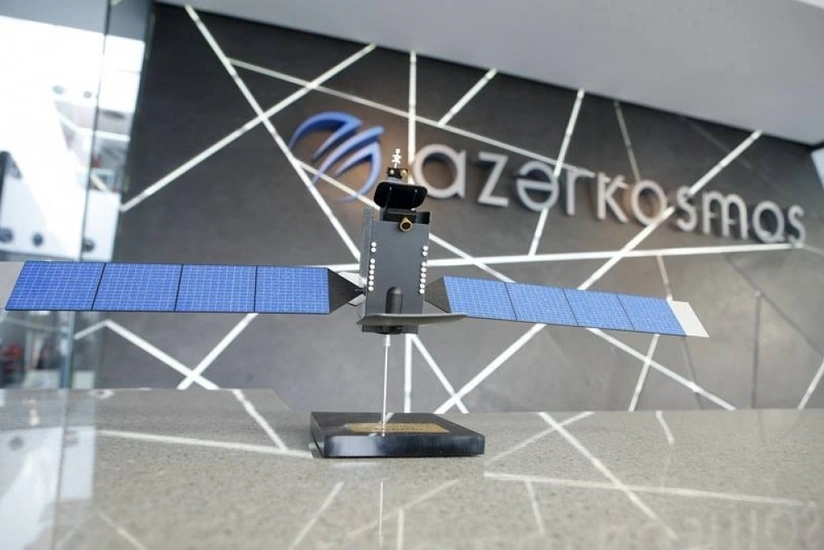Azerbaijan’s Azercosmos to adapt strategy until 2027 to meet national priorities
- 12 January, 2022
- 09:42

From 2022 to 2026, Azerbaijan Space Agency (Azercosmos) under the Ministry of Digital Development and Transport will adapt its development strategy to the Action Plan for the country’s socio-economic development until 2027, aimed, among other things, at restoring the liberated territories, Chairman of the Space Agency Samaddin Asadov told Report.
As part of this strategy, the agency will support various projects in the field of infrastructure, agriculture, tourism, ecology, etc.
Asadov said that in general, being a state company, they are fully adapted to the state plan, including “Azerbaijan 2030: National Priorities for Socio-Economic Development,” which includes five main areas: ensuring sustainable growth and competitiveness of the economy; creating a dynamic, inclusive society based on social justice; competitive human capital and modern innovation; the great return to the liberated territories; clean environment and green growth country: “In this regard, Azercosmos is adapting its strategy to these areas.”
Azercosmos is the only satellite operator in the South Caucasus, established on May 3, 2010, and fully owned by the government of Azerbaijan. Asadov previously reported that Azerbaijan is working on launching new observation satellites into space.
At the same time, three Azerbaijani satellites were launched into orbit for various purposes: Azerspace-1 (2013), Azersky (2014) and Azerspace-2 (2018).
“Azerspace-1” and “Azerspace-2” can provide digital TV and radio broadcasting services and Internet access, create multi-level VSAT networks, transmit data and provide government communications. Their coverage area covers many regions - East, Central and West Africa, Europe and Central Asia.
Azerbaijan acquired the Azersky satellite within an agreement signed between Azercosmos and France’s Airbus Defense and Space. This satellite allows remote observation of the Earth’s surface and has the necessary power to obtain high-quality images of an area of 6 million square meters per day.
Some 80% of revenues from the Azerspace-1 satellite and 98% of revenues from the Azersky satellite are generated in foreign markets.
